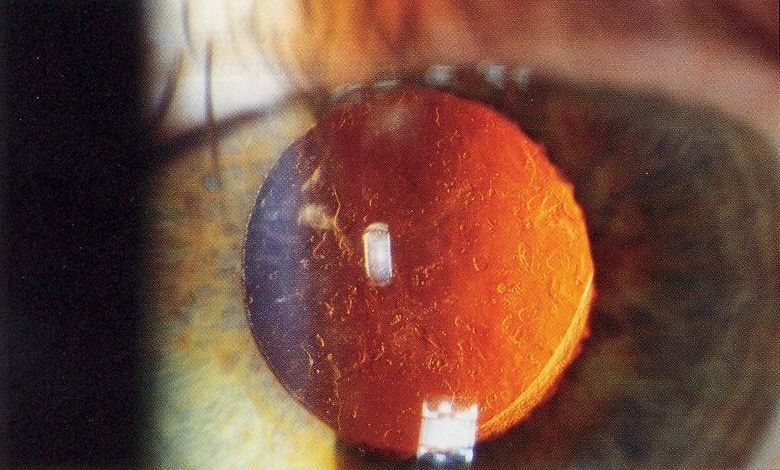Telephone and e-consultation are available when sought. Contact Us to arrange.
Telephone and e-consultation are available when sought. Contact Us to arrange.

This is a simple, safe laser treatment to improve your eyesight if some fogging recurs after cataract surgery due to a condition called posterior capsular pacification (PCO).
PCO is a thickening of the thin capsule on which the artificial implant rests. This then blocks, scatters light to cause vision difficulties. It usually occurs months after surgery.
There can be other causes for blurred vision after cataract surgery such as:
Your specialist will evaluate for these other causes during your assessment.
YAG laser capsulotomy is extremely effective to restore sight in patients who have developed Posterior capsular opacification (PCO) after cataract surgery
In YAG laser capsulotomy the doctor uses the YAG laser to create a small hole in the centre of the capsule, which lets light through. The before and after images demonstrate the opening caused by the laser. The animation shows how the YAG laser is precisely focused.


Detailed assessments and checks are undertaken to confirm the condition & safety parameters for Yag laser capsulotomy treatment.
Drops are applied to dilate the pupil and numb the eye surface.
The patient is positioned on a chin rest and a special lens is used to focus the laser. Usually both eyes will be treated one side at a time. The whole treatment usually takes about 20 minutes. Treatment is painless for patients.
Soon after treatment, patients are free to go with drops as necessary.
Regular follow up checks are undertaken to confirm appropriate healing.
How successful is YAG laser capsulotomy?
Within a day following YAG laser capsulotomy treatment, patients will notice being able to see very well with vision restored to what it was soon after the initial cataract/lens surgery.
What are the risks of YAG laser capsulotomy?
As with all forms of surgical treatments there are risks of unpredictable outcomes and complications. As a general rule of thumb patients can expect a 95% chance of achieving functional vision to a high standard (corresponding to their best vision potential) from their initial surgery. 1-5% of patients may have some difficulties but in the majority of cases these can be managed. The risk of severe and lasting problems is very low at 1:2000 or less per eye (so both eyes getting affected is very rare indeed).
Click here to see detailed price list for all consultations and procedures
We offer a comprehensive eye service delivered through specialist and generalist eye doctors.
Please click here to read on all our speciality procedures
Please note: Whilst these are the general suitability criteria, individual criteria has to be taken into account for specific patient needs and the appropriate procedure applicable.
We are not a cut-price service because quality does not come by making compromises. However we are competitive and transparent in our pricing structure. We make efforts to ensure that patients are made aware of all price points in advance of any consultations/investigations and procedures, to enable our patients to make an informed choice on how they would like to proceed. Read more on the details of our prices
We work with all insurers. Please refer to the above FAQ on “Pricing” for full details. Please note – even if your insurer is not on the list of companies provided, let us know and we can help to make arrangements. Read more on the insurers we work with – listed at the end of our Pricing section
As a general rule of thumb patients can expect a 95% chance of achieving functional vision to a high standard (corresponding to their best vision potential) from their initial surgery.
As with all forms of surgical treatments there are risks of unpredictable outcomes and complications. 1 to 5% of patients may have some difficulties but in the majority of cases these can be managed. The risk of severe and lasting problems is very low at 1:2500 or less per eye (so both eyes getting affected is very rare indeed).
You will of course be given a full explanation of the specific risks and benefits of the individual procedure applicable to you at the time of the consultation.
Eye doctors are at least five times more likely as the general public to choose vision correction surgery for themselves. The study, featured in the Journal of Cataract and Refractive Surgery, surveyed 250 surgeons who perform LASIK. Of those, 62.6 percent said they have already undergone LASIK to correct their vision, and 91 percent said they have done it or recommended it for their immediate family members.









Wilmslow
Macclesfield
Warrington
Abergele